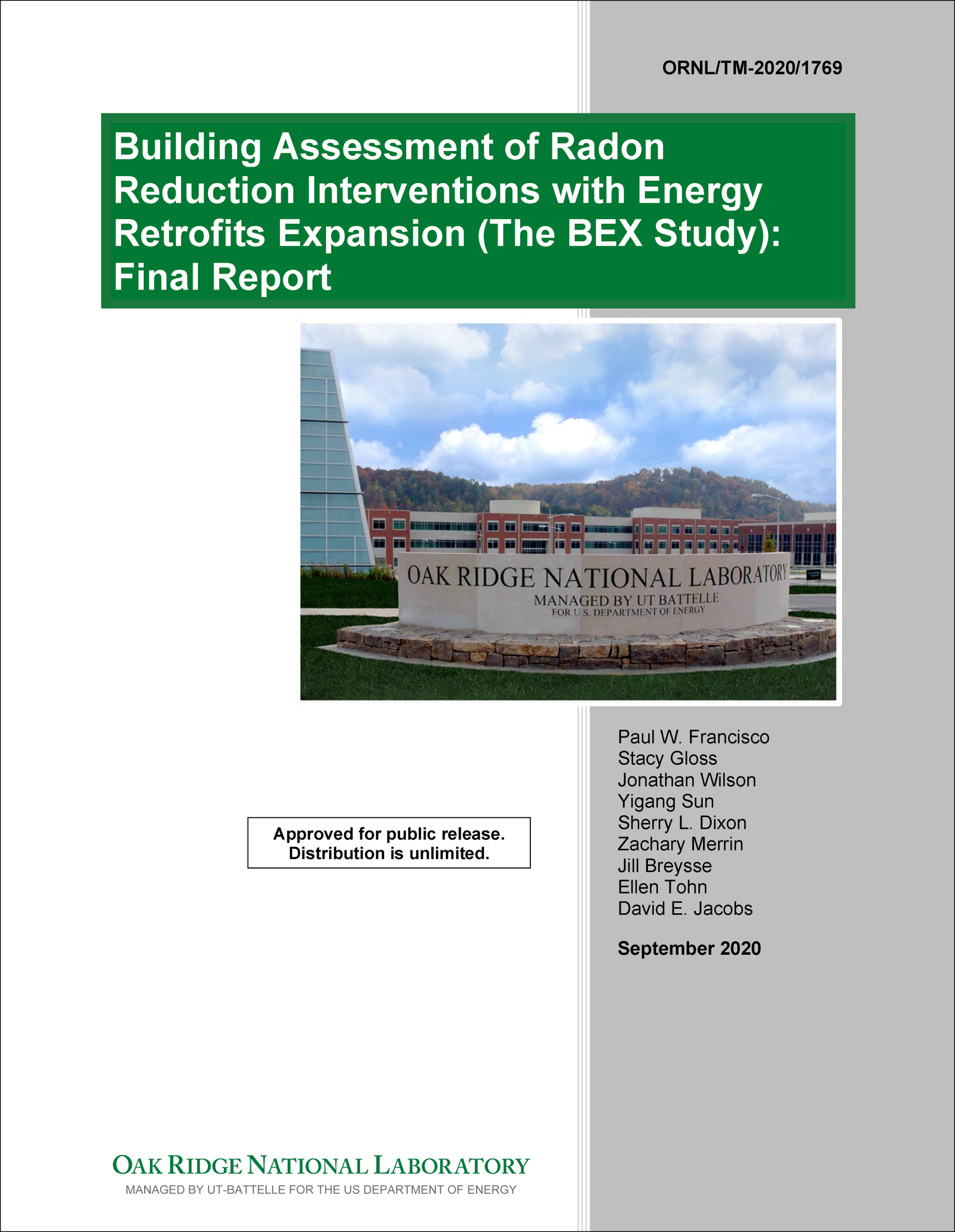Project Funder: University of Illinois – Urbana/Champaign (UIUC) (contract from the Oak Ridge National Laboratory with funding from U.S. Department of Energy and U.S. Environmental Protection Agency)
Project Partners: UIUC, Tohn Environmental Strategies, and multiple weatherization agencies in Colorado, Iowa, Pennsylvania, and Tennessee
Project Contact: Jonathan Wilson, jwilson@nchh.org, 443.539.4162.
What we’re studying: The effect of precautionary measures when coupled with energy efficiency on radon levels in housing. A 2014 study found that radon levels increased significantly after homes were weatherized but precautionary measures were not used. More recent studies (HEALTH-V and BARRIER) offer evidence that compliance with ventilation standards plus other precautionary measures are effective in preventing radon levels from significantly increasing after weatherization.
Why it matters: Currently, the U.S. Weatherization Assistance Program requires its energy efficiency providers to use a set of precautionary measures in communities where the risk of radon is high. This study will assess this guidance and whether energy efficiency programs that are not funded by the U.S. Department of Energy should adopt this practice.
What we found: Data collection efforts are underway. Results are anticipated in late 2019.
Project Description
The Building Assessment of Radon/Moisture Reduction with Energy Retrofits Expansion (BARRIER-X) study continued the research of the BARRIER study. BARRIER-X will provide 200 additional standard weatherization homes and 40 additional control homes for evaluation. Results from the two studies will be combined to the extent possible to increase the overall sample size. The study homes are located in four new states to increase the geographic diversity of the sample, including Colorado, Iowa, Pennsylvania, and Tennessee. The sample is expected to detect changes in radon levels with a margin of error of ±0.2 pCi/L with 90% confidence. The results from this study will be used to assess how indoor radon concentrations are affected by standard weatherization as it currently is practiced in the field. The combined evaluation of the BARRIER and BARRIER-X homes will provide representative data on residential radon concentrations in weatherized homes.
Resources
Francisco P. W., Gloss S., Rose W., Sun Y., Dixon S. L., Breysse J., Tohn E., & Jacobs, D. E. (2020, January). Radon and moisture impacts from interventions integrated with housing energy retrofits. Indoor Air, 30(1),147-155. DOI: 10.1111/ina.12616.
Latest page update: September 5, 2022.
